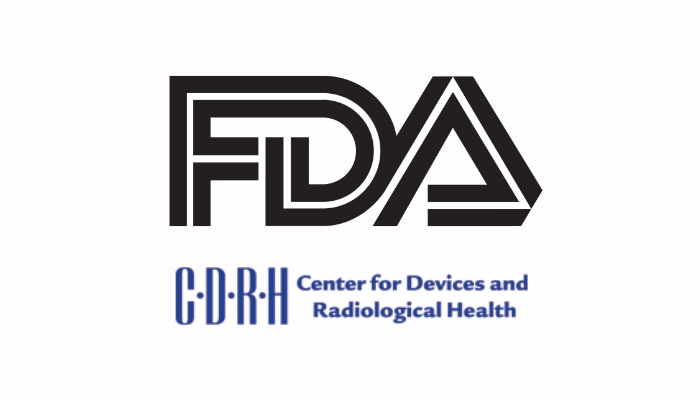Recently, the United States Food and Drug Administration’s (FDA) Center for Devices and Radiological Health (CDRH) issued a report that provides an in-depth look at how real-world evidence sources can be used to support marketing applications for medical devices.
The report includes 90 different examples in which real-world evidence was used to support either final premarket or postmarket regulatory decisions from 2012 through 2019, including premarket notification 510(k) submissions, De Novo classification requests, humanitarian device exemption (HDE) applications, premarket approval (PMA) original applications and PMA panel track supplements.
In one example, Boston Scientific relied on multiple sources of real-world data for its PMA supplement. As part of a post-marketing condition of approval study for its implantable cardioverter-defibrillator EMBLEM S-ICD Subcutaneous Electrode, the company utilized a national registry, remote monitoring device data, administrative claims, and data from the National Death Index.
“Usually, a new enrollment study requiring direct follow-up of patients of up to 5 years would have been required,” the FDA wrote in the real-world evidence report. “For this approval, the postmarket study will leverage an existing national registry, remote monitoring of device-generated data, claims data from public and private payers, and the national death index, using only data collecting during routine-care,” which marked a “significant advancement” on the methodologies used to monitor long-term performance of ICDs.
In another example, a De Novo classification application for the Nordic Cycles web and mobile-based software application – Natural Cycles (designed to help plan or prevent a pregnancy) – relied on patient-entered/patient-generated data from use of the application outside of the United States. The sponsor submitted data from 15,570 women (ages 18-45 years) who had registered in the software application which was then analyzed to validate the accuracy of the app’s algorithm in identifying ovulation by temperature and luteinizing hormone. The sponsor also used the data to perform a subgroup analysis on women who had recently used (or had not used) hormonal contraception.
In an FDA Voices article, Jeff Shuren, M.D., J.D., Director of CDRH, and Daniel Caños, Ph.D., M.P.H., Director, Office of Clinical Evidence and Analysis, Office of Product Evaluation and Quality, CDRH, wrote, “Leveraging RWE has provided CDRH with more timely access to a broader and richer set of safety information to better protect the American public and to inform our oversight of the total product life cycle. By unleashing the power of RWE, we can accelerate medical product development and bring new innovations and advances faster and more efficiently to the patients who need them, without compromising patient safety.”
The FDA is working to establish the National Evaluation System for health Technology (NEST) to integrate data from clinical registries, electronic health records, and medical billing claims to gather more comprehensive evidence of medical device safety and effectiveness. It is anticipated that NEST will continue to broaden and improve the opportunities to leverage RWE for many types of devices.

